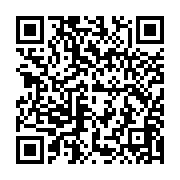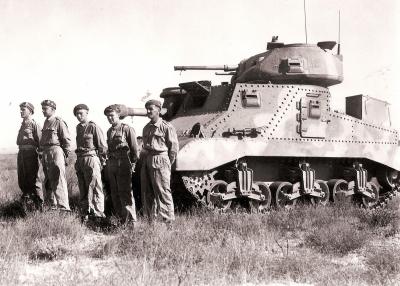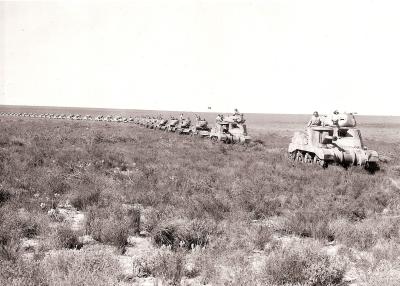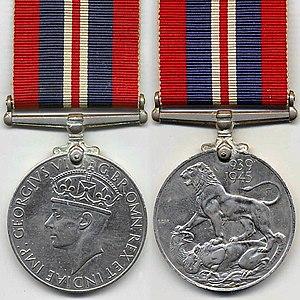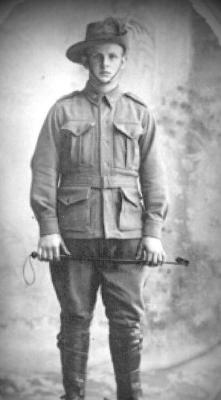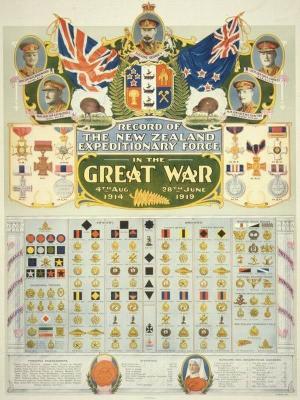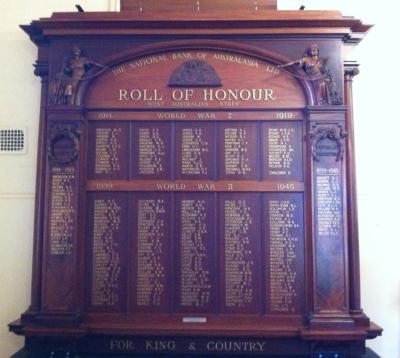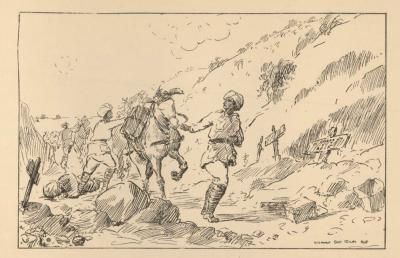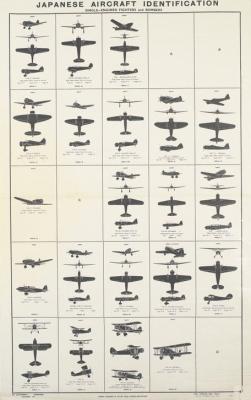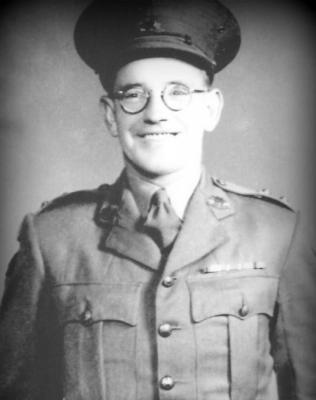Formation Sign - 1st Armoured Division, World War 2
During World War 2, each Australian military vehicle normally carried a formation sign, usually of the Division to which they were permanently attached . The sign was affixed to the front nearside (left) bumper, or close to it, such as a forward facing wing, and in a prominent position at the rear, also on the nearside. It was 9 inches square normally a white stencil on a black background. The Formation insignia of the 1st Amoured Division was a battleaxe
The 1st Armoured Division was an armoured division of the Australian Army in World War 2. It was raised in 1941 as part of the Second Australian Imperial Force (2nd AIF).
The Division was originally to be deployed to North Africa in late 1941, but it was retained in Australia following the outbreak of the Pacific War on 7 December 1942.
The Division's armoured regiments began re-equipping with Grant medium tanks and Stuart light tanks in April and May 1942.
In September 1942, the 2/6th Armoured Regiment deployed to Port Moresby and Milne Bay. In December two squadrons were shipped to the north coast of Papua. They suffered heavy casualties, but played an important role between December 1942 and January 1943 in the capture of Buna.
In January 1943, the remainder of the division deployed to Western Australia between Perth and
Geraldton, as part of 3 Corps, tasked to counter a Japanese invasion. After that threat passed in September 1943, the Division was disbanded.
Details
Details
The standard reference is the 1997 monograph Formation signs and vehicle markings of the Australian Army 1903-1983 by Stephen Craig Taubert.
The marking of military equipment is not a new phenomena. A broad arrow, is a stylised representation of a metal arrowhead, comprising a tang and two barbs meeting at a point. It is a symbol used traditionally in heraldry, and later by the British government to mark government property.
The broad arrow was used in England from the early 14th century, and more widely from the 16th century, to mark objects purchased from the monarch's money, or to indicate government property. It became particularly associated with the Board of Ordnance, and later the War Department and the Ministry of Defence. It was exported to other parts of the British Empire, where it was used in similar official contexts.
The use of markings on Australian military vehicles expanded and became more sophisticated following the mass production and mechanization of armies. During World War 2, Australian military vehicles carried a wide variety of markings including the vehicle registration number, bridge classification, a Tactical (Tac) sign indicating the vehicles roll, a unit sign and a Division/Formation sign and many more.
Australian Army Museum of Western Australia
Australian Army Museum of Western Australia
More items like this
Other items from Australian Army Museum of Western Australia
- Formation Sign - 3 Australian Corps, World War 2
- Battlefield Grave Cross - Lieutenant Hugh Russel MC
- Medal - British War Medal 1939-45
- World War 1, Australia, Western Australia, FIRNS 10 Light Horse
- Medals - Combined Display of Australian Honours and Awards
- Poster - Australian Imperial Force Colour Patches
- Poster - New Zealand Expeditionary Force Badges and Colour Patches
- Honour Board- National Bank of Australasia (World War 1, World War 2)
- World War 1, South-West Asia, Turkiye, Gallipoli, Anzac Cove, SILAS, "Crusading at Anzac"
- Poster - Japanese Aircraft Identification
- World War 1, Australia, Western Australia, 265 EAVES, 10 Light Horse
- World War 1, Australia, Western Australia, 266 EDWARDS, 10 Light Horse


Scan this QR code to open this page on your phone ->
